Related Research Articles

Victor Amadeus II was the head of the House of Savoy and ruler of the Savoyard states from 12 June 1675 until his abdication in 1730. He was the first of his house to acquire a royal crown, ruling first as King of Sicily (1713–1720) and then as King of Sardinia (1720–1730). Among his other titles were Duke of Savoy, Duke of Montferrat, Prince of Piedmont, Marquis of Saluzzo and Count of Aosta, Maurienne and Nice.

Victor Emmanuel I was the Duke of Savoy, King of Sardinia and ruler of the Savoyard states from 4 June 1802 until his reign ended in 1821 upon abdication due to a liberal revolution. Shortly thereafter, his brother Charles Felix ascended the throne as the new King of Sardinia. Victor Emmanuel was the son of King Victor Amadeus III of Sardinia and his wife, Maria Antonia Ferdinanda of Spain. In 1789, he married Maria Theresa of Austria-Este, with whom he had seven children, including the future Empress of Austria. He was the King of Sardinia during the Napoleonic Wars, where he regained Piedmont after Napoleon's defeat in 1814.
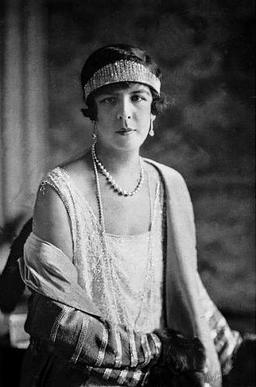
Princess Charlotte, Duchess of Valentinois, styled Hereditary Princess of Monaco between 1922 and 1944, was the daughter of Louis II, Prince of Monaco, and mother of Prince Rainier III. From 1922 until 1944, she was the Hereditary Princess of Monaco, heiress presumptive to the throne.
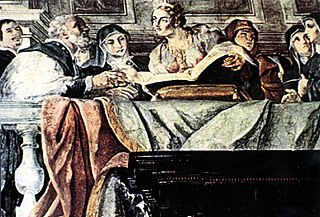
Charlotte was the Queen of Cyprus from 1458 until 1464. She was the eldest and only surviving daughter of King John II of Cyprus and Helena Palaiologina. At the age of 14, she succeeded to the Cypriot throne upon the death of her father. Her illegitimate half-brother, James, challenged her right to the crown. With the support of the Egyptians, he forced her to flee the island in 1463, and he was later crowned king. She made a military attempt to regain her throne, but was unsuccessful, and died childless in Rome.
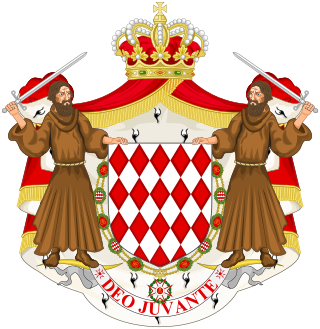
The House of Grimaldi is the current reigning house of the Principality of Monaco. The house was founded in 1160 by Grimaldo Canella in Genoa and became the ruling house of Monaco when Francesco Grimaldi captured Monaco in 1297.

Marie Adélaïde of Savoy was the wife of Louis, Dauphin of France, Duke of Burgundy. She was the eldest daughter of Victor Amadeus II, Duke of Savoy, and of Anne Marie d'Orléans. Her betrothal to the Duke of Burgundy in June 1696 was part of the Treaty of Turin, signed on 29 August 1696. She was the mother of the future King Louis XV of France. Styled as Duchess of Burgundy after her marriage, she became Dauphine of France upon the death of her father-in-law, Le Grand Dauphin, in 1711. She died of measles in 1712, followed by her husband a week later.
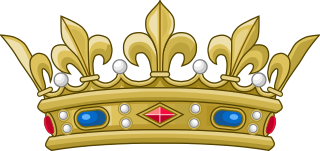
Fils de France was the style and rank held by the sons of the kings and dauphins of France. A daughter was known as a fille de France.
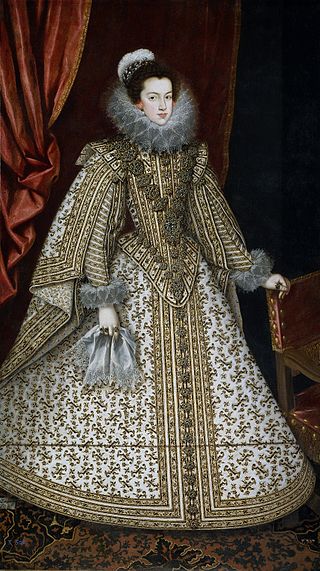
Elisabeth of France or Isabella of Bourbon was Queen of Spain from 1621 to her death and Queen of Portugal from 1621 to 1640, as the first spouse of King Philip IV & III. She served as regent of Spain during the Catalan Revolt in 1640–42 and 1643–44.

Robert I ; 9 July 1848 – 16 November 1907) was the last sovereign Duke of Parma and Piacenza from 1854 until 1859, when the duchy was annexed to Sardinia-Piedmont during the Risorgimento. He was a member of the House of Bourbon-Parma and descended from Philip, Duke of Parma, the third son of King Philip V of Spain and Queen Elisabeth Farnese.

Maria Josepha Karolina Eleonore Franziska Xaveria of Saxony was Dauphine of France through her marriage to Louis, the son and heir of Louis XV. Marie Josèphe was the mother of three kings of France, Louis XVI, Louis XVIII and Charles X, as well as Madame Élisabeth.
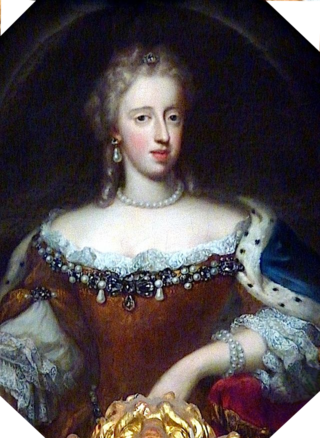
Maria Antonia Josepha Benedicta Rosalia Petronella of Austria was an Electress of Bavaria as the wife of Maximilian II Emanuel, Elector of Bavaria. She was the eldest daughter and only surviving child of Leopold I, Holy Roman Emperor and his first wife Margaret Theresa of Spain. She was the heiress to the Spanish throne after her maternal uncle Charles II of Spain from 1673 until her death.

Vittoria Cristina Adelaide Chiara Maria di Savoia is the daughter and heir apparent to Emanuele Filiberto of Savoy, Prince of Venice, who is a claimant to the headship of the House of Savoy.
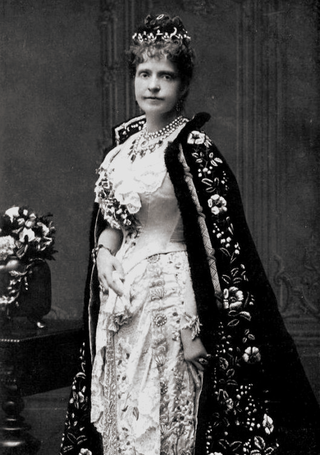
Dona Maria Pia was by birth an Italian princess of the House of Savoy and by marriage Queen of Portugal as the spouse of King Luís I of Portugal. On the day of her baptism, Pope Pius IX, her godfather, gave her a Golden Rose. Maria Pia was married to Luís on 6 October 1862 in Lisbon. She was the grand mistress of the Order of Saint Isabel. She was the third queen of the House of Savoy on the Portuguese throne, after Mafalda and Marie-Françoise of Savoy-Nemours.

Marie Jeanne Baptiste of Savoy-Nemours was born a Princess of Savoy and became the Duchess of Savoy by marriage. First married by proxy to Charles of Lorraine in 1662, Lorraine soon refused to recognise the union and it was annulled. She married Charles Emmanuel II, Duke of Savoy in 1665 who was her kinsman. The mother of the future Victor Amadeus II of Sardinia who saw the elevation of the House of Savoy to kings, she styled herself as Madama Reale or Madame Royale. She acted as Regent of Savoy from 1675 in the name of her son Victor Amadeus II, who was her husband's successor. Her regency officially ended in 1680, but she maintained power until her son banished her from further influence in the state in 1684. She left a considerable architectural legacy in Turin, and was responsible for the remodelling of the Palazzo Madama, which was her private residence. At the time of her death she was the mother of the King of Sardinia as well as great grandmother of two other kings, Louis I of Spain and Louis XV of France.

Anne Marie d'Orléans was Queen of Sardinia by marriage to Victor Amadeus II of Savoy. She served as regent of Savoy during the absence of her spouse in 1686 and during the War of the Spanish Succession.
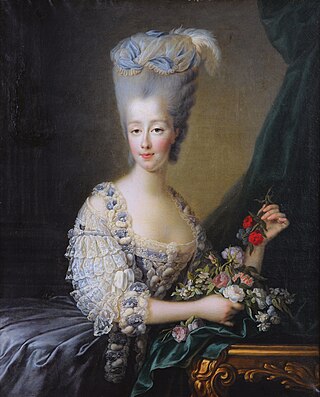
Maria Theresa of Savoy was a French princess by marriage to Charles Philippe, Count of Artois. Her husband was the grandson of Louis XV and younger brother of Louis XVI. Nineteen years after Maria Theresa’s death, her spouse assumed the throne of France as King Charles X. Her son Louis Antoine, Duke of Angoulême, married Marie Antoinette’s daughter Marie-Thérèse Charlotte.
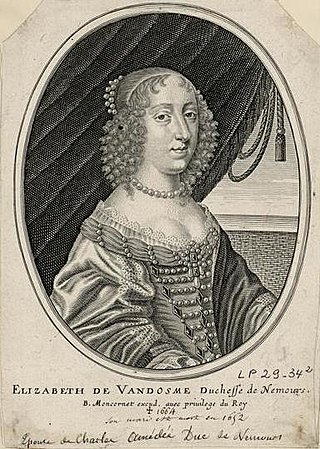
Élisabeth de Bourbon was a granddaughter of King Henry IV of France.

Maria Antonia Ferdinanda of Spain was Queen of Sardinia by marriage to Victor Amadeus III of Sardinia. She was the youngest daughter of Philip V of Spain and Elisabeth Farnese. She was the mother of the last three mainline Kings of Sardinia.

Maria Anna of Savoy was a Princess of Savoy by birth and Duchess of Chablais by her marriage to her uncle, Prince Benedetto, Duke of Chablais.

Countess Louise de Mérode was a member of the House of Merode by birth and Princess della Cisterna by marriage.